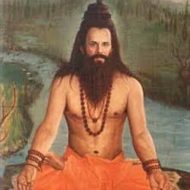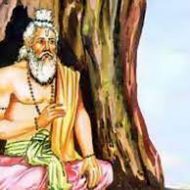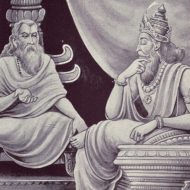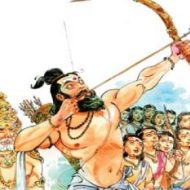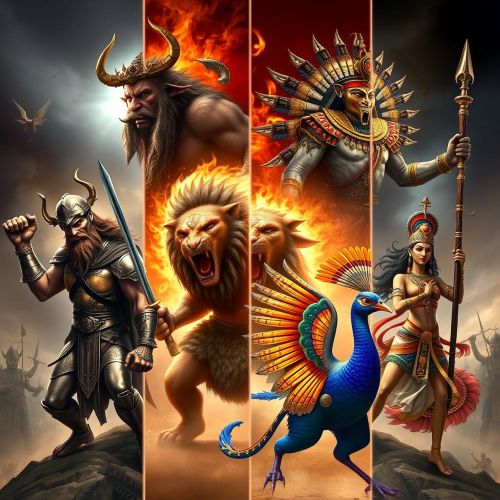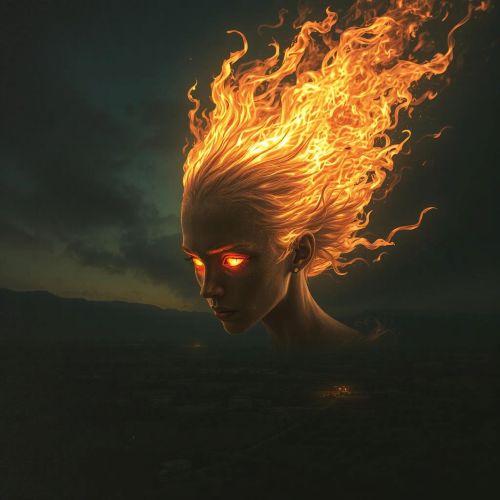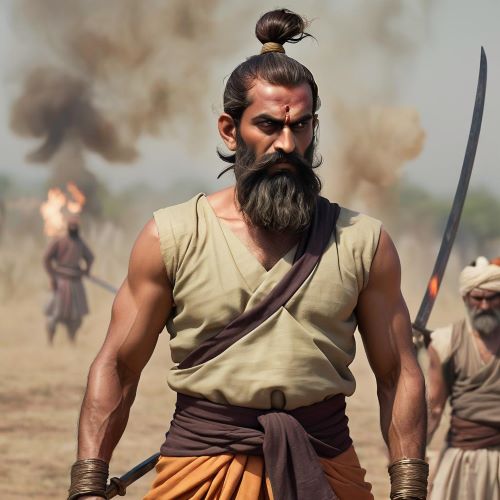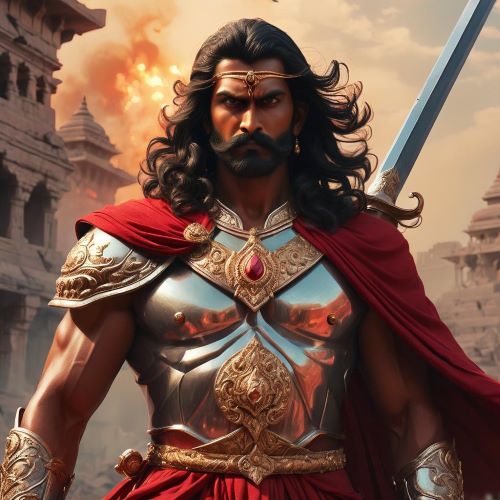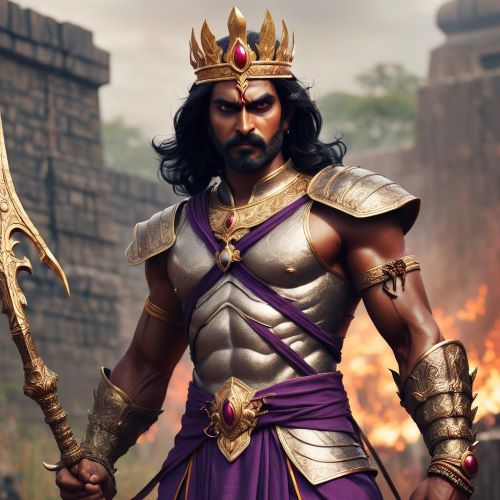Kripacharya : The Immortal Teacher
Listen
At a glance
| Description | |
|---|---|
| Origin | Indian Mythology |
| Classification | Mortals |
| Family Members | Sharadvan (Father), Janapadi (Mother), Kripi (Sister), Dhronacharya (Brother in Law), Ashwathama (Nephew) |
| Region | India |
| Associated With | Teaching, Weaponry, Advisor |
Kripacharya
Introduction
Kripa, also known as Kripacharya, holds a significant place in Hindu history. In the epic Mahabharata, he served as a council member of the Kuru Kingdom and taught the Pandava and Kaurava princes. Born uniquely to warrior-sage Sharadvan and nymph Janapadi, Kripa and his sister Kripi were adopted by King Shantanu of the Kuru Kingdom. Trained in archery by his birth father, Kripa became a skilled archer himself. He participated in the Kurukshetra war on the Kaurava side against the Pandavas and survived the battle. Kripa is regarded as a Chiranjivi, an immortal being destined to live until the end of the Kali Yuga, the final age. Some texts also suggest that he will become one of the revered seven sages (Saptarishi) in the next Manvantara, a cyclic period in Hindu cosmology.
Physical Traits
As for his physical attributes, there is not much description in the original text of the Mahabharata. He was likely to have a fair complexion, dark hair and eyes, and a well-built physique. He wore a white dhoti (a long cloth wrapped around the waist) and a white shawl over his shoulders. He also wore a sacred thread across his chest, indicating his Brahmin status. He carried a bow and arrows as his weapons, and sometimes a sword or a mace. He had a long beard and a mustache, and his hair was tied in a knot on top of his head. He also wore earrings, necklaces, bracelets, and other ornaments. He had a calm and serene expression on his face, reflecting his wisdom and compassion
Family
Sharadavan, a formidable archer, aimed to become the best in his field through rigorous penance, seeking to be unbeatable. Indra, the ruler of Heaven, wary of Sharadavan’s prowess, sent Janapadi, an Apsara, to distract him. Janapadi succeeded, leading to a moment of loss of control for Sharadavan, resulting in the birth of twins, Kripa and Kripi, from his semen.
While visiting the same forest, King Shantanu encountered the twins. His only son, Devavrata (Bhishma), was away in heaven with Ganga, and he longed for children. Shantanu adopted the twins, providing them with education and opulence. Sharadavan ensured his children learned his skills, excelling in arts from Yajnas to archery. They actively participated in rituals and duties in Hastinapur, becoming siblings to Bhishma.
Other names
The Sanskrit word “Kripa” means “mercy” or “pity.” According to the Mahabharata, King Shantanu adopted his sister and named them “Kripa” and “Kripi.” Kripa was given the title of “acharya,” which means “master,” due to his skills as an archer. Among the other names given to Kripa in the epic are Gautama, Sharadvata, Bharatacharya, and Sharadvanputra.
Powers and Abilities
During the Kurukshetra War, where the Pandavas and Kauravas clashed, Kripa sided with Duryodhana and fought valiantly under his banner. The Udyoga Parva from the Mahabharata recounts how Bhishma, the Kaurava army’s commander, hailed Kripa as a formidable warrior. Throughout the war, Kripa engaged in combat with a multitude of skilled adversaries, including Brihatkshetra, Chekitana, Satyaki, Sahadeva, Arjuna, Bhima, Dhrishaketu, and Vardhakshremi.
His prowess extended to defeating not only Shikhandi and Yudhamanyu but also dispatching Abhimanyu‘s protectors, Suketu and the prince Kalinda. The Shalya Parva recounts an instance where Kripa advised Karna to consider reconciling with the Pandavas. On the war’s 18th day, the Kaurava forces suffered defeat, leading to Duryodhana’s demise at the hands of Bhima. Kripa mourned his fallen comrade, and in conjunction with Ashwatthama, launched a devastating assault on the remaining Pandava army under the cover of night, ultimately setting their camp ablaze.
The Ashramavasika Parva portrays a scene where Dhritarashtra contemplates retiring to the forest and Kripa expresses a desire to accompany him. However, Dhritarashtra advises otherwise, suggesting that Yudhishthira, the newly crowned ruler of the Kuru Kingdom, appoint Kripa as a council member. As years passed and the Pandavas also embarked on their Himalayan retirement, Kripa assumed the role of mentor to Parikshit, Arjuna’s grandson. After faithfully fulfilling his responsibilities, it is believed that Kripa eventually withdrew to the forest for spiritual contemplation, where he spent the remainder of his days.
Modern Day Influence
Within Hinduism, Kripa is counted among the Chiranjivi, the esteemed “immortals” who are destined to persist until the culmination of the Kali Yuga, the concluding epoch among the four yugas or ages. Alongside figures like Ashwatthama, Bali, Vyasa, Hanuman, Vibhishana, Markandeya, and Parashurama, Kripa embodies this group of eternal beings. Sacred texts indicate that Kripa acquired this state of immortality as a result of his unwavering discipline, steadfast loyalty, and impartial demeanor.
In accordance with the Vishnu Purana, spanning from approximately 400 BCE to 900 CE, Kripa is prophesied to assume a position as one of the Saptarishi—the seven most venerated sages—during the forthcoming Manvantara. This concept refers to a cyclic span of time demarcating the age of a Manu, the ancestral forebearer of humanity in the intricate cosmology of Hinduism.
Related Images
Frequently Asked Questions
What is lorem Ipsum?
I am text block. Click edit button to change this text. Lorem ipsum dolor sit amet, consectetur adipiscing elit. Ut elit tellus, luctus nec ullamcorper mattis, pulvinar dapibus leo.
What is lorem Ipsum?
I am text block. Click edit button to change this text. Lorem ipsum dolor sit amet, consectetur adipiscing elit. Ut elit tellus, luctus nec ullamcorper mattis, pulvinar dapibus leo.
What is lorem Ipsum?
I am text block. Click edit button to change this text. Lorem ipsum dolor sit amet, consectetur adipiscing elit. Ut elit tellus, luctus nec ullamcorper mattis, pulvinar dapibus leo.
What is lorem Ipsum?
I am text block. Click edit button to change this text. Lorem ipsum dolor sit amet, consectetur adipiscing elit. Ut elit tellus, luctus nec ullamcorper mattis, pulvinar dapibus leo.
What is lorem Ipsum?
I am text block. Click edit button to change this text. Lorem ipsum dolor sit amet, consectetur adipiscing elit. Ut elit tellus, luctus nec ullamcorper mattis, pulvinar dapibus leo.

